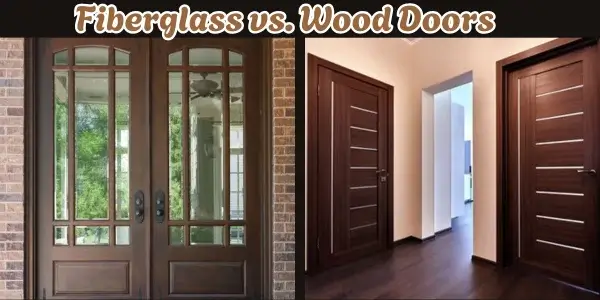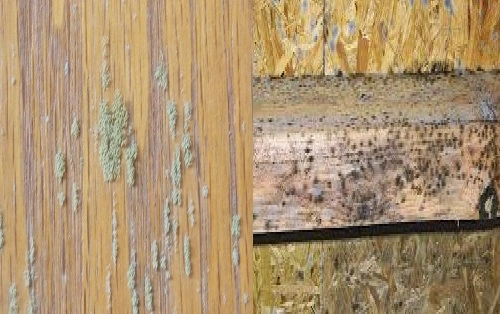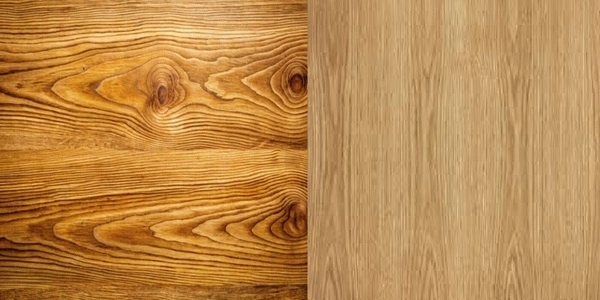Your front door is more than just a point of entry—it’s the first impression of your home. Choosing the right door material is essential for both aesthetic appeal and functionality. Two of the most popular options in the USA are fiberglass doors and wood doors. While both offer benefits, they differ significantly in terms of durability, cost, maintenance, and appearance.
In this article, we’ll compare fiberglass doors and wood doors in detail, helping you make the best choice for your home’s style, budget, and needs.
What is a Fiberglass Door?
Fiberglass doors are made from composite materials that include a core of polyurethane foam for insulation and a durable fiberglass skin. They can mimic the appearance of natural wood while offering superior performance in terms of durability and energy efficiency. Fiberglass doors have become increasingly popular for their low maintenance and modern technology.
What is a Wood Door?
Wood doors are made from solid hardwoods or engineered wood materials, like oak, mahogany, or maple. Wood has been the traditional choice for centuries due to its classic beauty, versatility, and craftsmanship. It provides unmatched natural aesthetics but requires ongoing maintenance to preserve its look and functionality.
Fiberglass vs. Wood Doors: Key Comparisons

| Feature | Fiberglass Door | Wood Door |
|---|---|---|
| Material | Fiberglass skin with foam core | Solid hardwood or engineered wood |
| Appearance | Mimics wood; consistent finishes | Natural, authentic wood grain |
| Durability | Highly durable; resists warping and cracking | Durable but susceptible to warping and damage |
| Maintenance | Low maintenance; no refinishing needed | High maintenance; requires sealing and staining |
| Insulation | Excellent energy efficiency (foam core) | Moderate insulation; depends on material thickness |
| Cost | Mid-range; affordable over the long term | High upfront cost, especially for solid wood |
| Lifespan | 15–20+ years with little maintenance | 20–50 years with proper care |
| Weather Resistance | Resists moisture, warping, and fading | Susceptible to moisture damage and swelling |
| Customization | Limited to factory designs and stains | Highly customizable; unique designs |
| Eco-Friendliness | Made with synthetic materials | Renewable resource but requires responsible sourcing |
1. Appearance and Aesthetic Appeal
- Fiberglass Door:
Fiberglass doors can be designed to mimic the look of real wood with grain patterns and stains that resemble oak, mahogany, or walnut. While they look realistic from a distance, they lack the depth and natural variations of genuine wood. Fiberglass doors offer consistent finishes that don’t change over time, which is ideal for homeowners seeking a uniform appearance. - Wood Door:
Nothing beats the authentic beauty of natural wood. Wood doors feature rich textures, natural grain patterns, and unique variations that add character to a home. They are highly customizable, allowing you to choose from a variety of woods, stains, carvings, and finishes. Over time, wood develops a patina that enhances its charm, but this also requires upkeep.
Winner: Wood Doors for natural beauty and customization; Fiberglass Doors for consistency and a wood-like appearance.
2. Durability and Longevity
- Fiberglass Door:
Fiberglass doors are extremely durable and resistant to warping, cracking, dents, and scratches. They perform well in all weather conditions, including areas with high humidity, extreme heat, or freezing temperatures. Fiberglass doors require minimal upkeep and can last 15–20 years or more without showing significant signs of wear. - Wood Door:
While solid wood doors are strong and long-lasting, they are more prone to warping, swelling, and cracking when exposed to moisture, heat, or humidity. Wood is also susceptible to scratches, dents, and pest damage if not properly maintained. However, with regular care—like refinishing, sealing, and painting—a wood door can last 20–50 years or more.
Winner: Fiberglass Doors for superior durability and weather resistance.
3. Maintenance
- Fiberglass Door:
One of the greatest benefits of fiberglass doors is their low maintenance. They don’t require refinishing, sealing, or painting to protect them from the elements. A simple cleaning with mild soap and water is enough to keep a fiberglass door looking new. - Wood Door:
Wood doors require regular maintenance to protect them from moisture, UV rays, and wear. This includes staining, painting, or sealing every 1–2 years, depending on exposure to the elements. Without proper maintenance, wood can rot, crack, or lose its finish.
Winner: Fiberglass Doors for minimal maintenance requirements.
4. Energy Efficiency
- Fiberglass Door:
Fiberglass doors are highly energy-efficient due to their insulated core, typically made of polyurethane foam. This core provides excellent thermal performance, keeping your home warmer in winter and cooler in summer. Many fiberglass doors are Energy Star certified, reducing energy costs over time. - Wood Door:
Wood doors provide moderate insulation but are not as energy-efficient as fiberglass doors. Solid wood is a natural insulator, but gaps or cracks caused by swelling or warping can compromise energy efficiency.
Winner: Fiberglass Doors for superior energy efficiency.
5. Cost
- Fiberglass Door:
Fiberglass doors fall into the mid-range price category, typically costing between $500 and $3,000, depending on design, finish, and features. Their long-term durability and low maintenance make them a cost-effective choice. - Wood Door:
Wood doors are more expensive, with solid hardwood options costing $1,000 to $5,000 or more. Custom designs and premium wood species add to the cost. While beautiful, the additional cost of maintenance can make wood doors pricier over time.
Winner: Fiberglass Doors for affordability and long-term savings.
6. Customization and Design Options
- Fiberglass Door:
Fiberglass doors are available in a variety of factory finishes, wood grain patterns, and styles. While options are plentiful, they are less customizable compared to wood doors. - Wood Door:
Wood doors offer endless customization. You can choose specific wood species, stain colors, carvings, panels, and glass inserts to create a truly unique door.
Winner: Wood Doors for customization options.
Which Door Should You Choose?
- Choose a Fiberglass Door If:
- You need a durable, low-maintenance door that resists warping and cracking.
- Energy efficiency and insulation are priorities for your home.
- You want a cost-effective option with a wood-like appearance.
- You live in an area with harsh weather conditions.
- Choose a Wood Door If:
- You value the natural beauty, warmth, and authenticity of solid wood.
- You’re willing to invest time and money in maintenance to preserve its appearance.
- You desire complete customization for a unique, high-end look.
- Your home requires a traditional or classic architectural style.
Conclusion
When deciding between a fiberglass door and a wood door, it’s essential to consider your budget, climate, and aesthetic preferences. Fiberglass doors are ideal for homeowners seeking durability, energy efficiency, and low maintenance, while wood doors offer unmatched beauty and timeless appeal for those willing to commit to regular care.
Both options add value to your home, so the right choice ultimately depends on your priorities. Whether you prefer the modern resilience of fiberglass or the classic elegance of wood, either door can enhance your home’s curb appeal and functionality for years to come.

